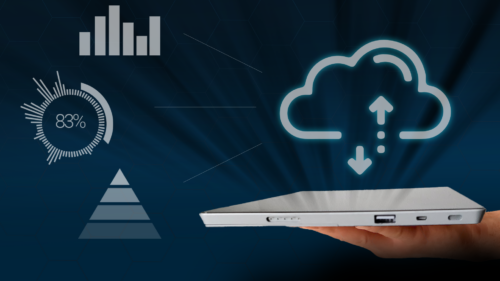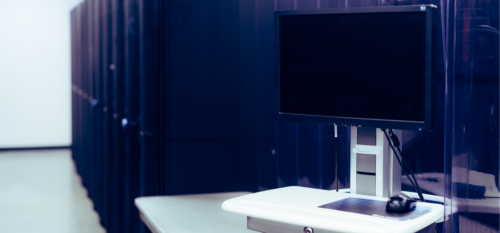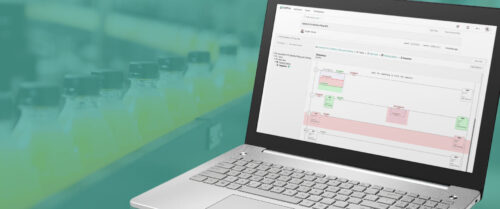Controllers through the ages
Controllers have developed since the introduction of the first programmable logic controller (PLC) and their role in modern and future automation systems will continue evolving.
PLC and PAC Insights
- Controllers through time have evolved technologically, thus changing how we use them. Different control systems, like PLCs, are now capable of multiple functions and purposes, and are now more data-oriented. Increased memory, high speed capability and automated processes has helped to reduce overall cost and time consumption.
- The development of PLC technology has made it easier to integrate these controllers with other technology. Digitalization has shown to have many other benefits, including effectiveness of operations and improvement in cybersecurity.
Today’s controllers have very different capabilities to those of their ancestors, and our relationship with them has also transformed. Being at the core of every industrial automation application today, it is only natural for controllers to have evolved to address the needs of their users as well as current industry trends, such as the Industrial Internet of Things (IIoT). More specifically, PLCs are now designed to support data-driven applications by offering a number of key functions.
One of the most obvious examples is the advances in processing power of PLCs as the requirement for faster cycle times has become a common denominator of competitive companies. Only 20 to 30 years ago, systems that required high-speed control typically used PC-based controllers. Today, PLCs are so powerful that they are able to offer the same level of performance.
As the need to store more data, information and programs for data-oriented applications is increasing, PLC memory has also been growing exponentially. It is now easier to offer gigabytes within a product – a capability that has revolutionized programming activities.
It was essential to minimize memory requirements, coding practices such as pointers and indirect addressing served as key strategies. While these addressed the main issue, they also made maintenance activities challenging. As more memory became available, programming activities changed to favor ease of maintenance, discouraging indirect addressing and including more comments.
Besides, early PLCs were designed to replace complex relay-logic and timer-based circuitry. The ladder logic programming format was developed to enable technicians to program the system without specialist high level coding expertise. Further programming approaches were then introduced including standardizing under IEC 61131 which defines two text-based languages and three graphical configuration formats.
Additionally, programmers can now take advantage of libraries containing pre-defined code blocks, which can further simplify interactions, reducing the time and cost associated with automation projects.
Maximum control
The onward progression of PLC technology has proceeded alongside developments in related industrial automation solutions – in particular, robotics, motion control and vision systems. As the technology has evolved, it has become easier and less costly to integrate modern PLCs with these technologies, for example monitoring and controlling processes via supervisory control and data acquisition (SCADA) and human machine interfaces (HMIs).
Although many PLCs still retain legacy communications interfaces, such as RS-232 and RS-422/485, to enable connectivity with older devices, Ethernet has become the standard for most applications. Moreover, given that data sharing is fundamental for future-oriented, smart manufacturing, modern control systems now use standardized, technology-agnostic communications protocols for more integrated communications between PLCs, HMIs and SCADA. Along the same lines, there is now greater alignment in data management and collection to higher level systems via standardized solutions, such as OPC UA (Unified Architecture), with more detailed diagnostics to support data gathering and analytics. Many process operators and manufacturing companies now integrate their PLCs through OPC UA to ERP, PAT and manufacturing execution systems (MES).
Also, the use of authentication certificates is supporting improved cybersecurity in increasingly interconnected setups.
Finally, digitalization is influencing the way operators interact, learn and troubleshoot their devices. In the past, the only place where it was possible to find answers was via technical documentation. Now, virtual wizard tools, online courses and remote training from automation vendors and system integrators help users increase the effectiveness of their operations.
– This originally appeared on Control Engineering Europe’s website. Edited by Morgan Green, associate editor, CFE Media and Technology, mgreen@cfemedia.com.
Do you have experience and expertise with the topics mentioned in this content? You should consider contributing to our CFE Media editorial team and getting the recognition you and your company deserve. Click here to start this process.






